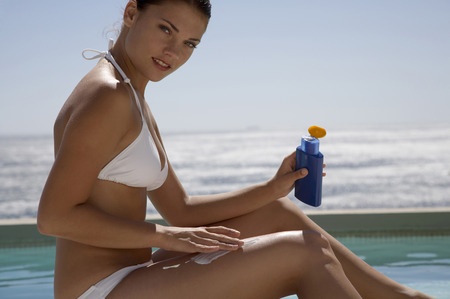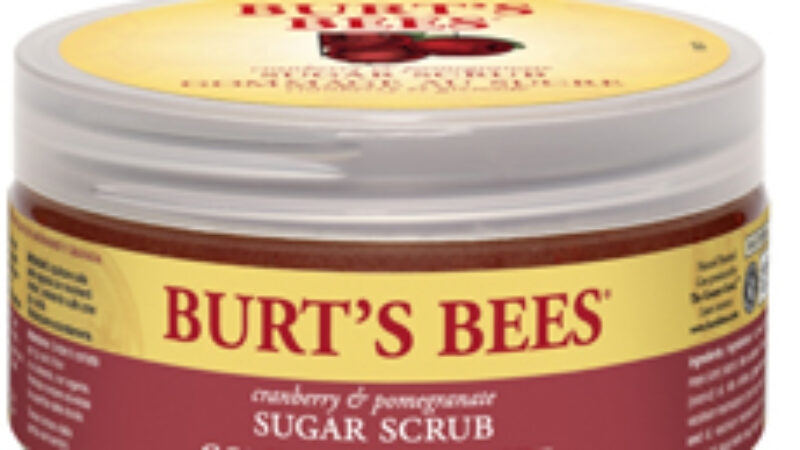It’s official – summer is here! And what better time to refresh your memory on how to read sunscreen labels and decipher some of the common terminology found on the packaging.
First up, what exactly does SPF mean?
SPF= Sun Protection Factor. This rating system, developed in 1962, measures the length of time a sunscreen will protect you from the burning UVB rays compared to how long it would take you to burn with no protection whatsoever. For instance, if you typically burn in 10 minutes, an SPF 30 product should give you protection for 10 minutes x 30, so 300 minutes. However, this is very much dependent on applying adequate amounts, something most of us do not do. Another thing to keep in mind: reapplying after the recommended 2 hours does not extend your protection time by another 300 minutes. You are simply maintaining the same level of protection for the same amount of time. The SPF rating does not give any indication of the amount of protection afforded against UVA rays (those responsible for skin aging). Which brings us to….
Broad Spectrum. Sunscreen formulations that protect against both burning UVB rays as well as the longer, deeper penetrating UVA rays (linked with premature aging and many types of skin cancer) are known as broad spectrum. Over the last 10 years, it has become increasingly evident that UVA rays are responsible for damaging skin cells in the basal layer of the epidermis where most skin cancers occur. Unlike UVB rays, UVA rays are prevalent year round and can pass through clouds and windows, further supporting the need for sunscreen year round, regardless of weather. Lucky for you, we stock a wide selection of broad spectrum sunscreens including the popular line of Anthelios sunscreens and Ombrelle sunscreens.
So now that we know what SPF means, here are 3 top tips for getting the most out of your sunscreen:
- Apply 15-30 Minutes Prior to Sun Exposure: Although applying the sunscreen upon arriving at the beach or 5 minutes before you step out the door is probably more the norm, it may not be the optimum timeframe for application. Physical sunscreens, which contain only titanium dioxide or zinc oxide can be applied with no waiting time because they work by sitting on top of the skin and deflecting UV rays. Chemical sunscreens, containing ingredients such as Mexoryl XL and Tinosorb S, however, need some time to interact with the skin’s surface before reaching maximum effectiveness. These sun filters work by absorbing UV rays and releasing them as harmless heat. However, even if you’ve missed the 15-30 minute window, you’ll still get more protection if you put on the sunscreen than if you didn’t.
- Reapply Every 2 Hours: Which one of us hasn’t been guilty of applying sunscreen once in the morning before going out and then not reapplying diligently? Although we would love a sunscreen that lasts all day, the truth is that UV rays eventually break down the stability and effectiveness of sun filters. When it comes to reapplying, don’t think of it as “topping up”. Instead, use the same amount as the first time. Ideally that would be one ounce for the entire body. Of course this isn’t always realistic – we get that! If you’re not spending a day fully immersed in the sun, aim for at least one reapplication at midday.
- Use a Water-Resistant Sunscreen if Swimming or Sweating: Not all sunscreens are considered water-resistant so make sure it’s specified on the label. These sunscreens are formulated to resist being washed off by water. The industry standard for “water resistant” is effective for 40 minutes in the water. “Very water resistant” sunscreens must be effective for 80 minutes in the water. However, like the sun, water also breaks down the stability and effectiveness of the sun filters, leaving you exposed to harmful rays that will not only burn but age and potentially cause cancer. Being in the cool water may delay the feeling of getting sunburned so it’s doubly important to have an eye on the time. Keep in mind as well that no sunscreens are towel-resistant so no matter the time elapsed, if you’ve dried off with a towel, it’s time for another application.
When applying sunscreen, don’t neglect these often missed parts:
- Lips
- The part in your hair
- Ears
- Décolleté
- Back of the neck
- Under the chin
- Tops of the feet
- Hands
- Backs of the knees
Meet you at the beach!




